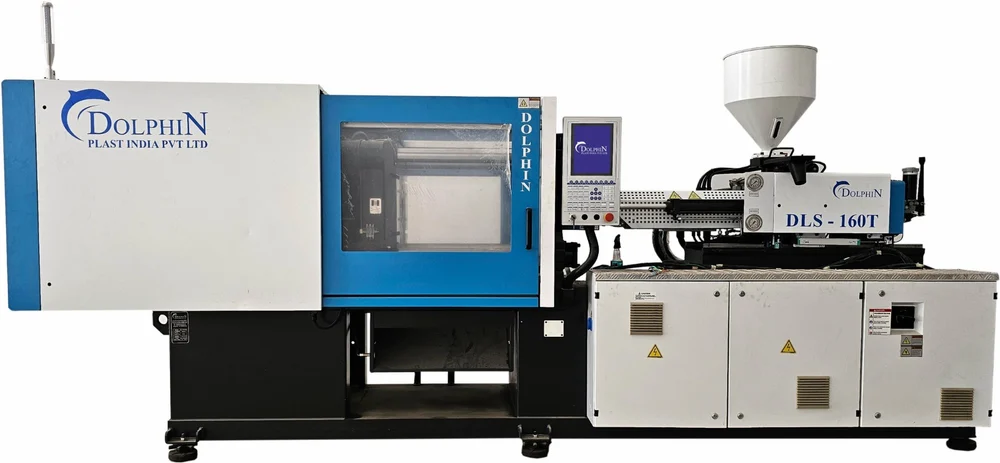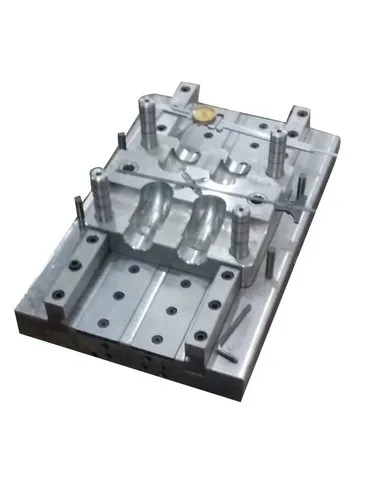Injection molding is a widely used manufacturing process for producing parts by injecting molten material into a mold cavity. It is commonly used for plastic, but can also be applied to metals, rubber, and glass. This process allows for high-volume production, precise detail, and consistent quality, making it ideal for creating everything from consumer goods to automotive components. Here’s a step-by-step guide to how the injection molding process works.
1. Material Selection
The first step in the injection molding process is selecting the appropriate material. This choice depends on factors like the desired strength, flexibility, appearance, and resistance to environmental conditions. Common materials include thermoplastics, thermosets, and elastomers. The material chosen will dictate the mold design and the machine parameters for the injection process.
2. Material Preparation
The selected raw material, typically in the form of pellets or granules, is prepared for injection. The material is fed into a hopper where it is conveyed into a heated barrel. In the barrel, the material is melted to a specific temperature, making it fluid and easy to inject into the mold. Depending on the material, additives such as colorants or stabilizers might also be mixed into the material at this stage.
3. Injection of the Material
Once the material has been heated and mixed to the correct consistency, it is injected into a mold under high pressure. This is done using an injection molding machine equipped with a plunger or screw that pushes the molten material into the mold cavity. The mold cavity is designed in the shape of the final product, and the high-pressure injection ensures that the material fills all the intricate details of the mold.
4. Cooling
After the molten material has been injected into the mold, it is allowed to cool and solidify. The mold is typically equipped with cooling channels through which water or another cooling medium circulates. The cooling time depends on the size and complexity of the part being molded, but it typically takes a few seconds to a few minutes. Cooling is a critical stage as the material must solidify properly to maintain the shape and avoid defects.
5. Mold Opening and Part Ejection
Once the part has cooled and solidified, the mold is opened. This is usually done by separating the mold halves or using a movable core, depending on the design. The molded part is then ejected from the mold using ejector pins or air pressure. It is important that the part be ejected without being damaged, so the mold must be designed with ejector systems that smoothly push the part out without distortion.
6. Post-Processing
After ejection, the part may still require additional finishing steps to meet the final specifications. Post-processing can include trimming excess material (called flash), surface polishing, or adding any necessary hardware like inserts or threads. In some cases, the part may also undergo processes like painting, coating, or assembly if needed.
7. Inspection and Quality Control
At this stage, the part undergoes rigorous inspection to ensure it meets all design and quality standards. Common quality checks include dimensional measurement, surface inspection, and tests for strength, durability, and functionality. Any defects identified during this process will either require rework or scrapping the part, depending on the severity of the problem.
8. Packaging and Shipping
Once the part passes inspection, it is ready for packaging. The parts are organized, packed, and shipped to customers or to other manufacturing stages in the supply chain. Proper packaging ensures the parts remain undamaged during transportation and handling.
Key Considerations in the Injection Molding Process:
- Mold Design: The mold is the heart of the injection molding process. A well-designed mold ensures that the part is produced efficiently and with minimal defects. The mold design also affects the cooling time and the overall production speed.
- Machine Parameters: Factors such as injection speed, temperature, pressure, and cycle time must be carefully controlled to ensure optimal results. Adjusting these parameters allows manufacturers to fine-tune the production process and address issues like warping or incomplete filling.
- Material Characteristics: Different materials behave differently when heated and injected, so understanding material properties is essential for making successful parts. Factors such as viscosity, shrinkage, and thermal conductivity must be taken into account when choosing the right material for each project.


